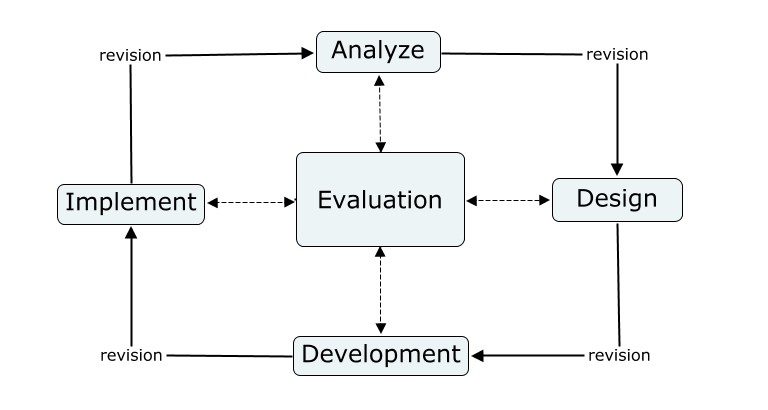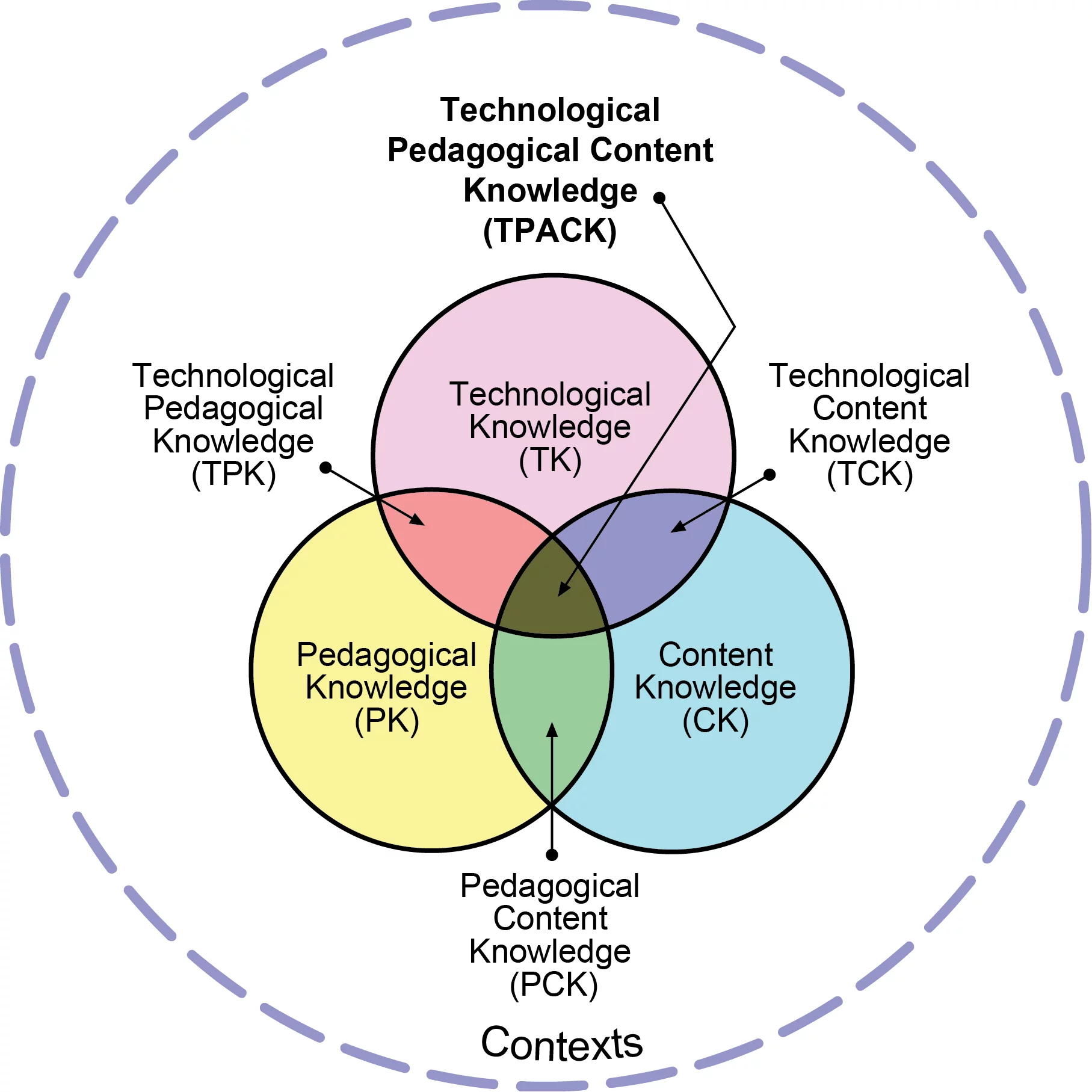Solutions:
Instructional Technology
Optimize learning and cultivate loyal students
Thoughtful instruction takes careful planning. Instructional technology can transform the way we teach and learn, making education more effective, efficient, and engaging.
Instructional designers work with you, the subject matter expert, to assess your learning goals and outcomes and develop a plan for instruction utilizing the most appropriate pedagogies and technologies.
Applications
Case study: aromatherapy certification
Download a comparative matrix of learning theories and suggested implementations for a standardized clinical aromatherapy curriculum.
Designing solutions
Instructional design models provide essential structure, support, and guidance for designers in creating effective and efficient learning experiences, improving overall quality and outcomes in education and training.
ADDIE
ADDIE is a commonly used instructional design model. It provides a systematic, comprehensive, and flexible framework.

image: educationaltechnology.net
ADDIE is an acronym for the 5 stages of the model:
TPACK
While not an instructional design model, TPACK (Technological Pedagogical Content Knowledge) is a valuable framework because it helps educators integrate technology into their teaching practices.
Created by Punya Mishra and Matthew J. Koehler from Michigan State University in 2006, TPACK describes three areas of knowledge necessary for effectively using technology in education. These areas include Content Knowledge (CK), pedagogical knowledge (PK), and technical knowledge (TK). It emphasizes the interplay between these areas, enabling educators to evaluate new tools in the context of their existing knowledge and skills.

image: https://teachingcommons.stanford.edu/
Learn more about IT
Overview
Instructional technology focuses on the tools we use and how we design the learning experience.
History
We’ve come a long way from relying on blackboards and storytelling to confer knowledge.
Theories and Thinkers
Discover educational theories used by instructional designers, and the theorists behind them.